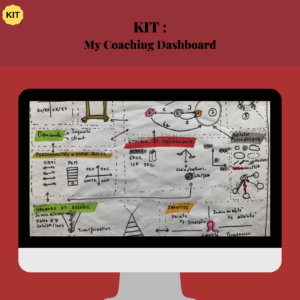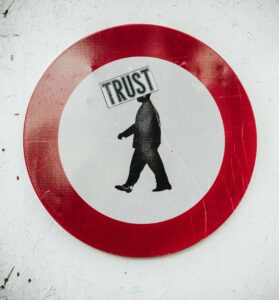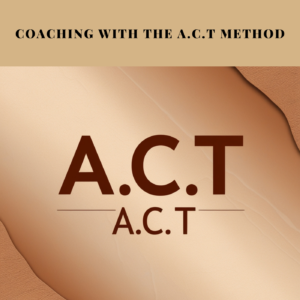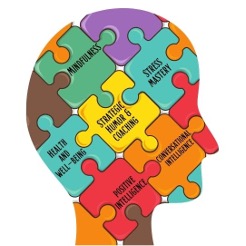
Coaching Dashboard
Stay in control of your coaching sessions with a coaching dashboard Coaching is about transformation—not just for the coachee, but also for you as a

Stay in control of your coaching sessions with a coaching dashboard Coaching is about transformation—not just for the coachee, but also for you as a

Transform resistance into engagement with effective facilitation techniques Guiding individuals and teams can be complex and challenging. How do you ensure that everyone feels heard,

Creating psychological safety in companies: how you can make an impact as a coach Psychological safety is a powerful tool for transforming organizations. Employees who

Valentine’s Day and the power of love coaching: how you as a coach can transform romantic relationships Valentine’s Day is the day of love, but

Why do clients keep getting stuck, even when they know what to do? You’ve probably seen it happen: a client sets a goal, makes a

Business coaching for performance issues: from obstacles to growth Performing under pressure is not always a given. As a business coach, you play a

Are you ready to embark on a journey of discovery? What if you stopped struggling against painful thoughts and emotions and learned to embrace them

Transform lives with brain-based coaching: discover the BTFA™ model Change. It sounds so simple, yet why does it often provoke such resistance? Perhaps you’ve

Why humor should be taken seriously by coaches Let’s call it what it is: humor in coaching. For many coaches, humor feels like a dish

My Coaching Toolkit subscriptions are officially live! Whether you’re kickstarting your journey, refining your skills, or scaling your coaching business, we have the perfect plan